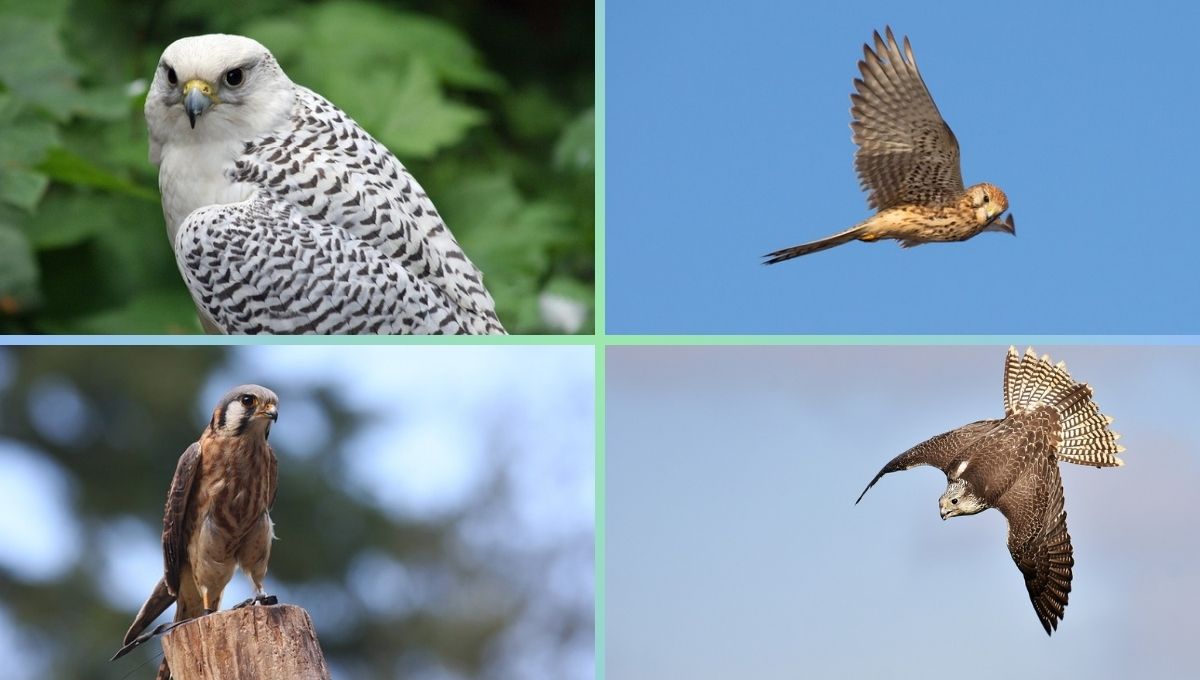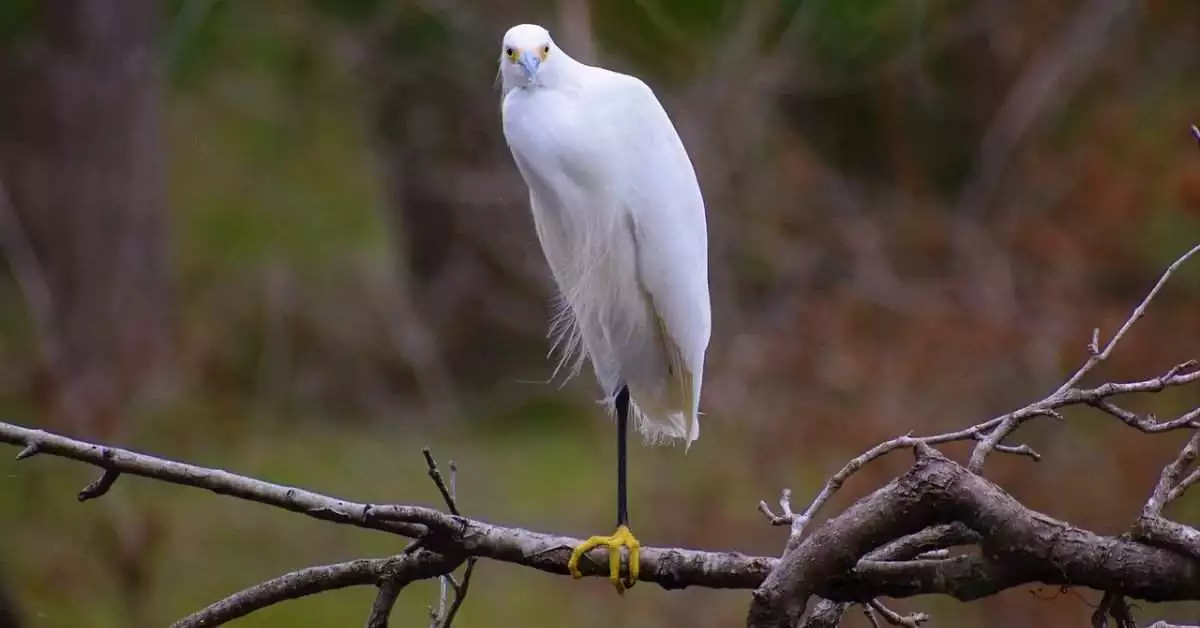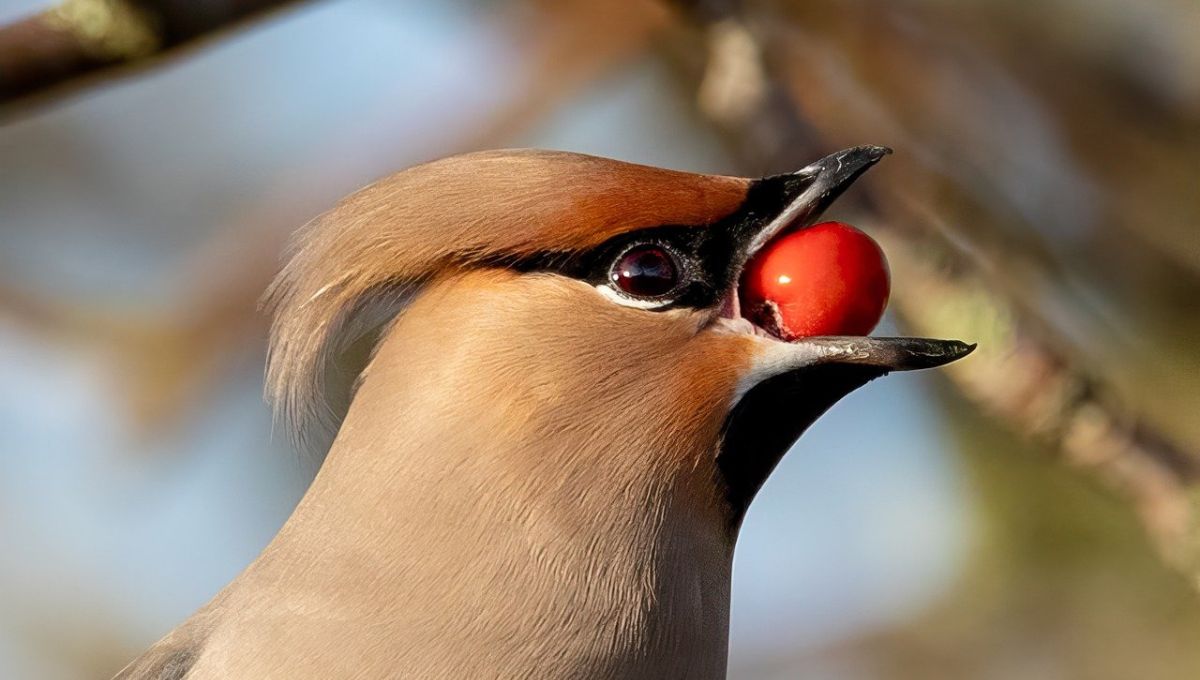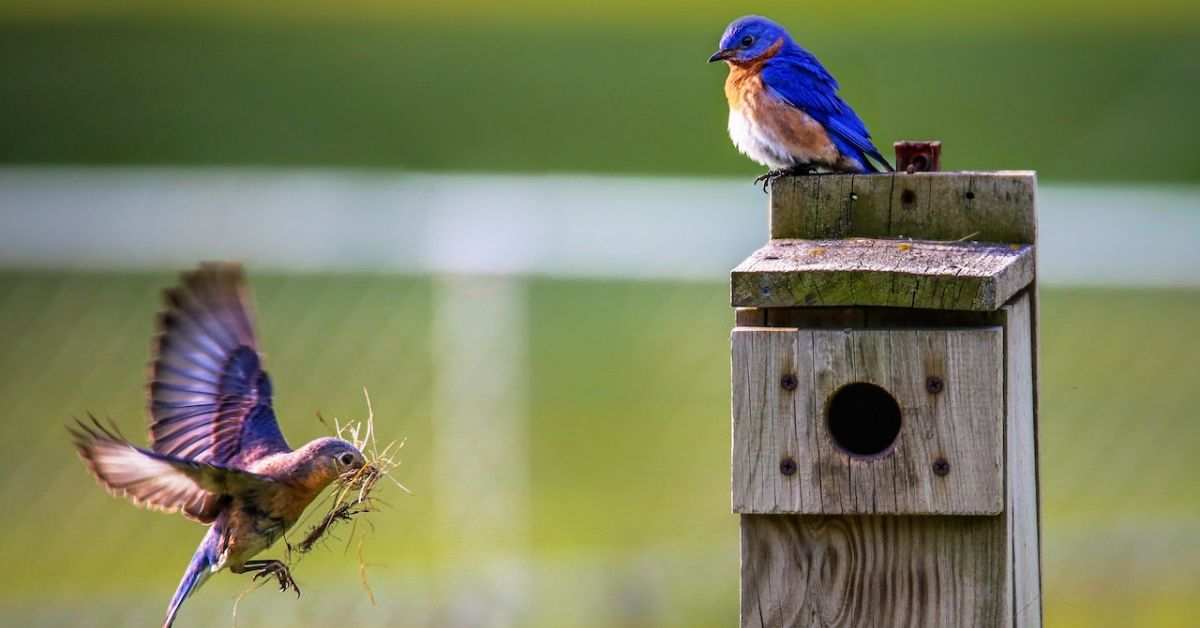Animals have tails for a variety of reasons. Tails can be used for balance, communication, navigation, thermoregulation, reproduction, and defense. The specific function of a seat can vary depending on the animal species.
Tails are long, flexible appendages that project from many animals’ rear ends. Tails can be short or long, thick or thin, and bare or covered in fur, hair, or feathers. Tails can be used for a variety of purposes, including:
Balance

Tails are essential for helping animals maintain balance when they run, jump, or climb.
Cats and dogs have long tails that act as counterbalances, helping them stay steady while chasing prey or escaping from predators.
Monkeys and other primates also rely on their long, flexible tails to swing through trees without losing balance.
Tails not only help with balance but also serve other purposes. Some animals use their tails to communicate emotions or establish social hierarchies.
Certain species, like opossums and chameleons, have tails they can grasp objects with. Tails are amazing adaptations that enable animals to move with agility and coordination in their environments.
Communication
Animals have tails for communication purposes too. Here are some examples:
- Dogs: A wagging tail indicates happiness or excitement, while a tucked tail shows fear or anxiety.
- Cats: A relaxed, upright tail suggests contentment, while a flicking or puffed-up tail indicates annoyance or aggression.
- Dogs and Wolves: A raised, stiff tail can be a sign of aggression or readiness to defend themselves.
Tails also help animals with balance and movement. For monkeys, tails act like a fifth limb, helping them swing through trees. Some animals, like possums, can use their tails to grab objects and navigate their surroundings.
Navigation
Tails help animals navigate and stay safe in different ways:
- Rattlesnake: The rattlesnake has a unique rattle at the end of its tail. When it feels threatened, it shakes its tail, making a rattling sound. This warns predators to stay away, helping the rattlesnake navigate its territory and avoid confrontations.
- Chameleon: Chameleons use their tails for quick direction changes. When they are chased by predators, they twist and coil their tails, using them as a pivot point to change direction rapidly. This helps the chameleon escape and navigate away from danger.
In summary, tails assist animals in navigation and defense. The rattlesnake’s rattle warns predators, while the chameleon’s tail enables quick direction changes, ensuring their safety in their respective environments.
Thermoregulation
Tails help animals regulate their body temperature in different ways:
- Fox: The bushy tail of a fox traps heats in winter, keeping the fox warm in cold weather.
- Kangaroo: The long tail of a kangaroo helps dissipate heat in summer, preventing overheating in hot weather.
In summary, tails assist animals in staying comfortable by either trapping heat or promoting heat loss, depending on the environmental conditions they face.
Reproduction
In some species, tails are used for reproduction. One example is the male peacock, known for its beautiful tail.
The male peacock spreads its tail feathers into a fan-like display during courtship to attract female peahens.
This extravagant display shows the male’s health and genetic fitness, and females choose their mates based on the quality of the tail.
The peacock’s tail is an example of how tails can directly influence successful reproduction in certain animals.
Defense
Tails can be used for defense in different animals:
- Lizard: Some lizards can break off their tails when attacked by predators. The wiggling tail distracts the predator, giving the lizard a chance to escape. The lizard can then grow a new tail.
- Stingray: Stingrays have sharp spines on their tails. When threatened, they can use their tail to sting predators, protecting themselves from harm.
In summary, tails can serve as defense mechanisms. Lizards can shed their tails to distract predators, while stingrays use their tails to sting and defend themselves.
Conclusion
Tails are an important part of an animal’s anatomy and serve a variety of functions. The specific function of a tail can vary depending on the animal species.






